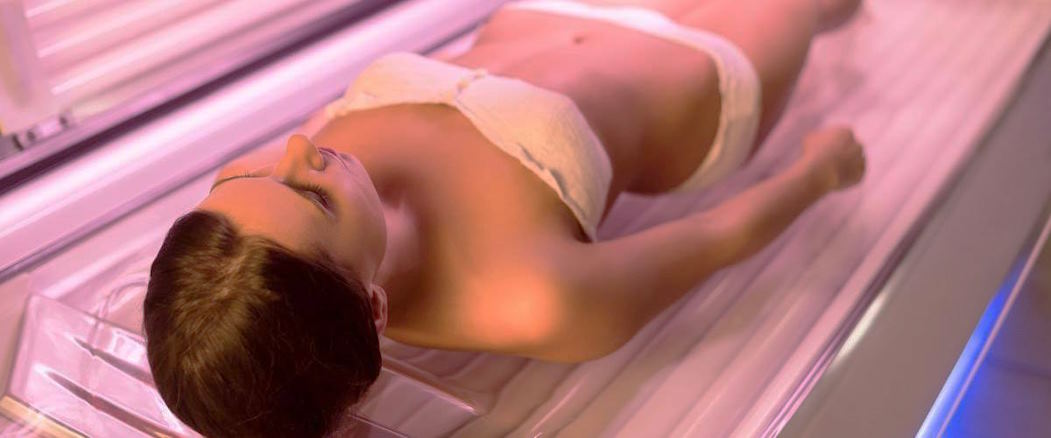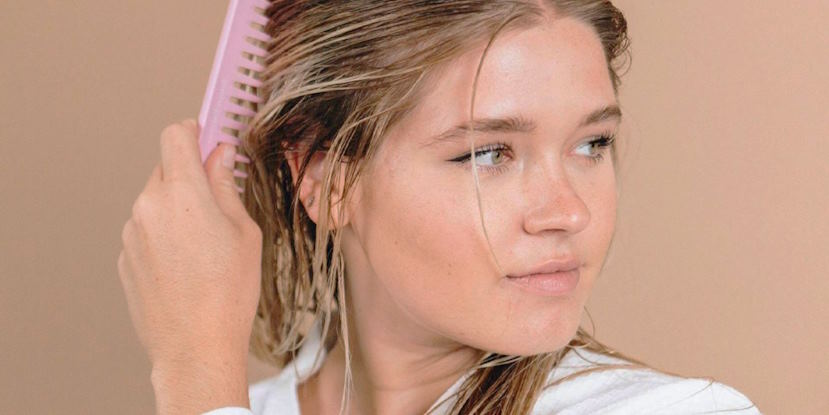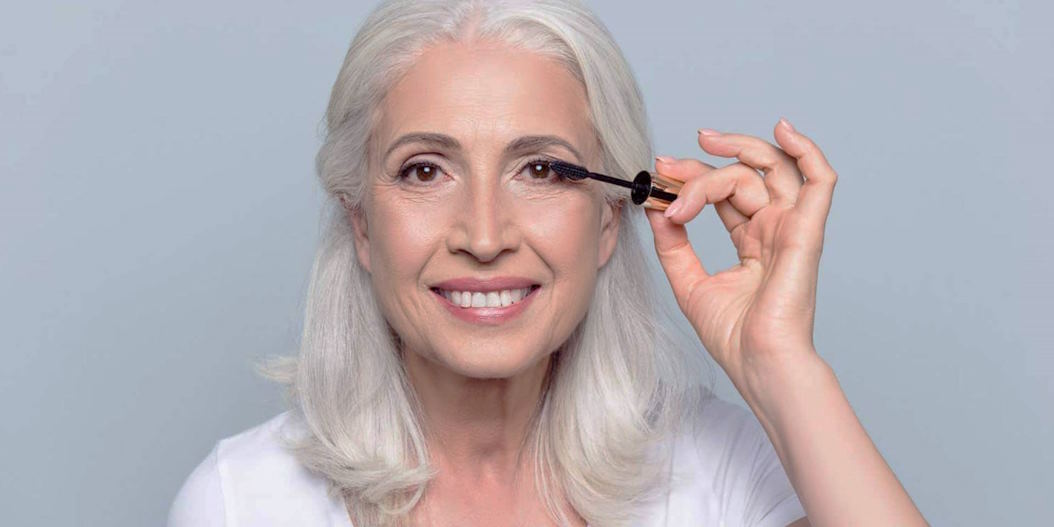Tanning in a solarium is a popular method for achieving a sun-kissed glow without outdoor sun exposure. While it can provide a quick tan, it is essential to understand the benefits, risks, and best practices to ensure a safe and effective tanning experience. Here’s a comprehensive guide to help you navigate solarium tanning with confidence.
Understanding Solarium Tanning: Benefits and Risks
Solarium tanning, or indoor tanning, involves using ultraviolet (UV) lamps to produce a tan. One of the primary benefits is convenience, allowing you to achieve a tan regardless of weather conditions or time of year. Many people also find solarium tanning a quicker way to get a tan than natural sunlight.
However, being aware of the risks associated with solarium tanning is crucial. UV radiation can damage the skin’s DNA, increasing the risk of skin cancer, premature aging, and eye damage. The World Health Organization (WHO) classifies UV tanning devices as carcinogenic to humans, highlighting the importance of using them responsibly. Understanding these risks is essential for making informed decisions about your tanning routine.
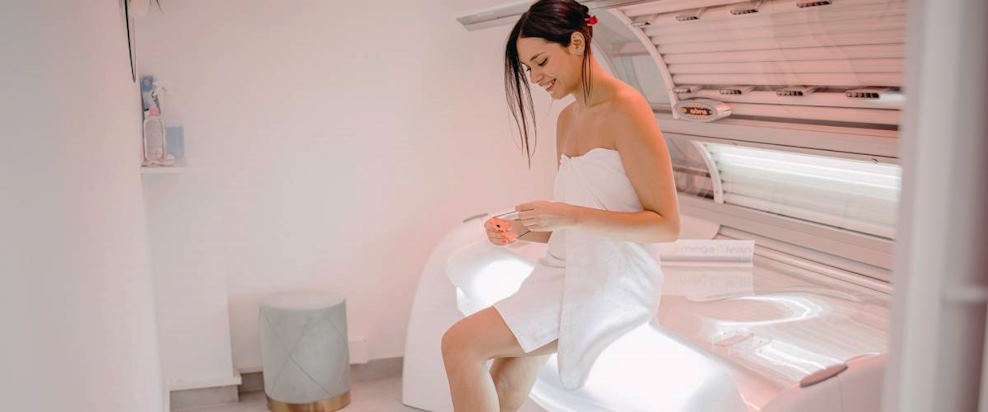
Preparing for Your Session: Skin Preparation and Safety Measures
Preparation is key to a safe and effective solarium tanning session. Start by assessing your skin type, as different skin types react differently to UV exposure. If you have fair skin, you may be more susceptible to burns, while darker skin types may tan more quickly. Consult with a dermatologist or tanning professional to determine the appropriate exposure time for your skin type.
Exfoliating your skin before tanning helps remove dead skin cells, ensuring a more even tan. Use a gentle scrub or exfoliating mitt to slough off dead skin cells, and avoid harsh scrubs that can irritate your skin. Hydration is also crucial, so drink plenty of water before your session and apply a moisturizer to keep your skin supple and hydrated.
Applying a high-SPF sunscreen to any areas of your body not exposed to UV rays, such as your face, is essential to protect your skin from potential damage. Additionally, wearing protective eyewear designed for tanning beds is crucial to safeguard your eyes from harmful UV rays.
During Your Session: Proper Positioning and Exposure Time
Proper positioning and adhering to recommended exposure times are vital during your tanning session. Start with a lower exposure time, especially if you are new to solarium tanning. Most professionals recommend starting with 5 to 10 minutes and gradually increasing the time as your skin becomes accustomed to UV rays. This approach helps minimize the risk of burns and allows your skin to develop a tan gradually.
Position yourself comfortably in the tanning bed, ensuring your body is evenly exposed to the UV lamps. Avoid staying in one position for too long, resulting in uneven tanning. Rotate your body or adjust your position occasionally to ensure a uniform tan.
Pay attention to the tanning bed’s timer and follow the recommended exposure schedule. Overexposure can increase the risk of skin damage, so it’s essential to stick to the guidelines provided by the tanning salon. Many salons offer sessions with varying intensities, so choose one that matches your skin type and tanning goals.
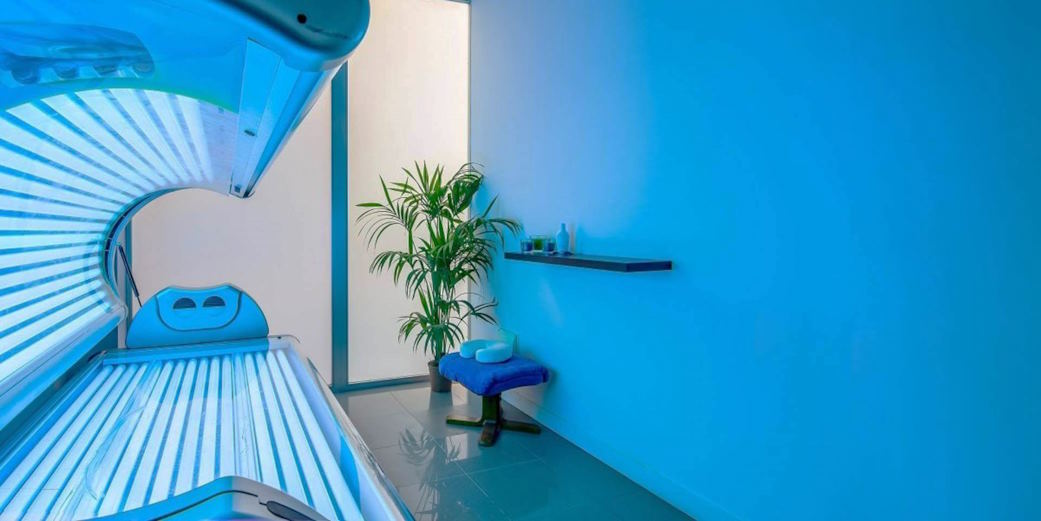
Post-Tanning Care: Moisturizing and Protecting Your Skin
After your solarium session, properly caring for your skin is crucial to maintaining a healthy and long-lasting tan. Start by hydrating your skin with a moisturizer designed for sun-exposed skin. Look for aloe vera, hyaluronic acid, or vitamin E products, which help soothe and nourish the skin, preventing dryness and flakiness.
Avoid taking hot showers or baths immediately after tanning, as hot water can strip your skin of its natural oils. Instead, use a lukewarm shower and gently pat your skin dry with a soft towel. Avoid using harsh soaps or exfoliants immediately after tanning to prevent irritation.
To extend the life of your tan, consider using tan-extending products that help maintain the color and vibrancy of your tan. These products often contain ingredients that hydrate and nourish the skin, prolonging the tan’s lifespan. Additionally, avoid excessive sweating, swimming, or using exfoliating products for at least 24 hours after tanning to prevent premature fading.
Regularly moisturizing and protecting your skin from UV exposure are essential for maintaining a healthy and beautiful tan. Use sunscreen with a high SPF outdoors, and consider wearing protective clothing and hats to shield your skin from direct sunlight. Remember, the goal is to safely achieve a tan while minimizing the risks of UV exposure.
If done responsibly, tanning in a solarium can be a safe and effective way to achieve a beautiful tan. Understanding the benefits and risks, preparing your skin adequately, following proper tanning practices, and caring for your skin post-session are all crucial steps in ensuring a successful tanning experience. By adhering to these guidelines, you can enjoy a radiant tan while prioritizing your skin’s health and safety. Always consult with professionals and stay informed about the latest tanning practices to maintain a healthy balance between your tanning goals and your skin’s well-being.

